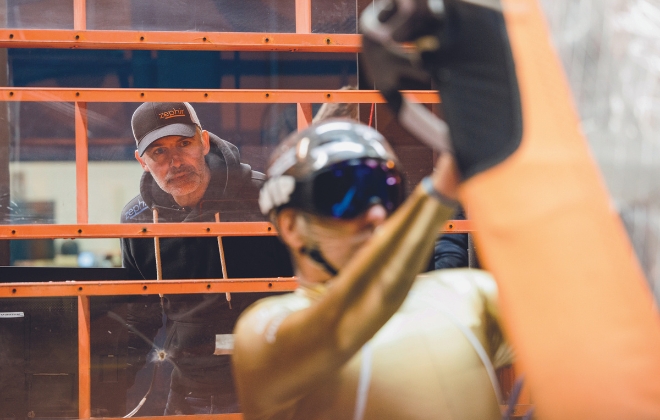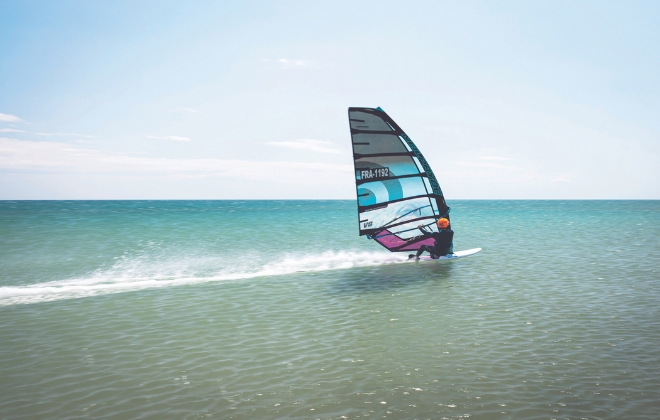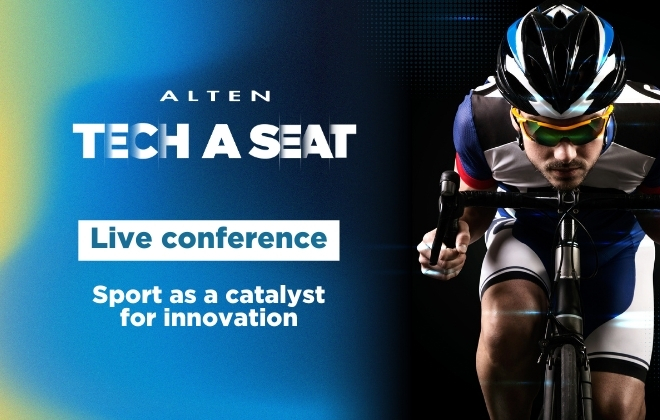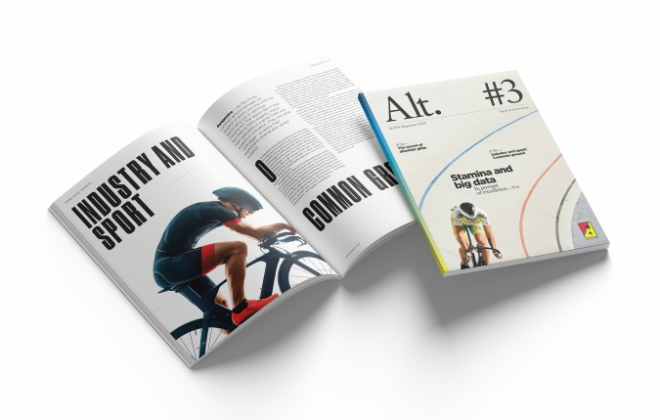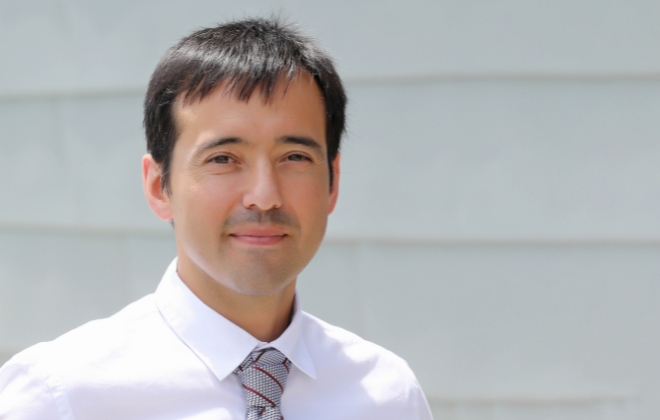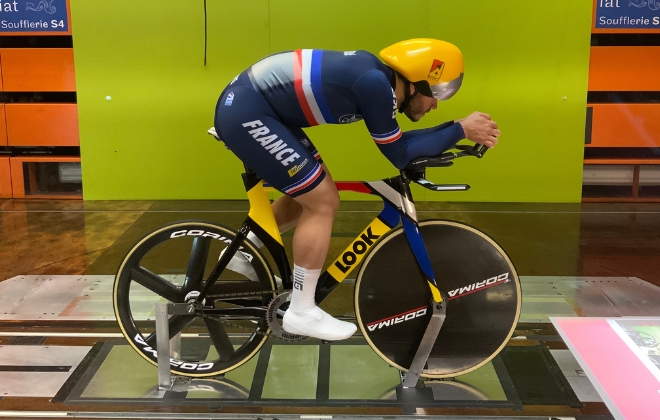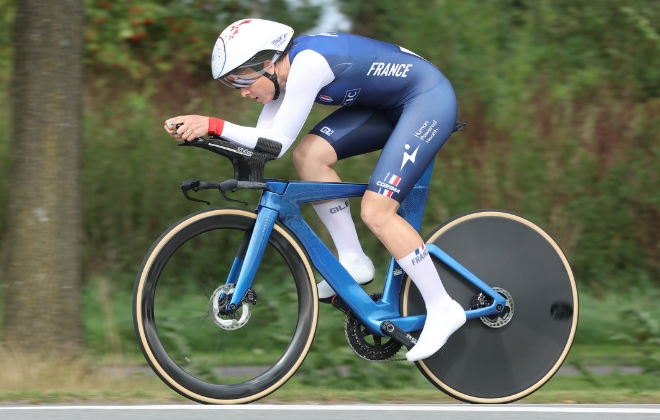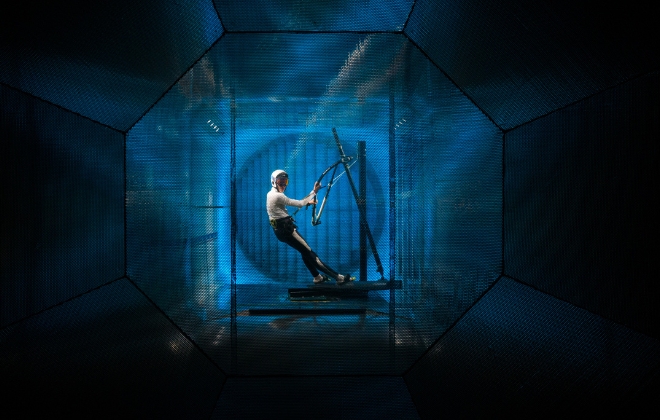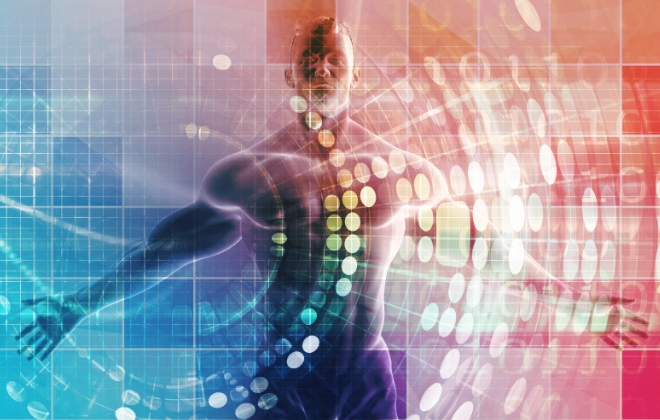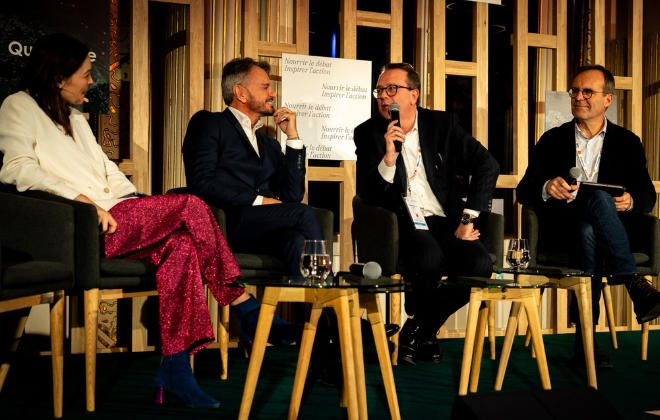Sports as an accelerator of innovation: Interview with Gualtiero Bazzana, Executive Vice-President, ALTEN

ALTEN has a team of sports scientists carrying out research designed to enhance the performance of athletes in diverse fields. Conducting in the ALTEN Labs, the innovations they are exploring – in collaboration with sports federations, engineering schools and individual athletes – cover a range of areas, from data science and learning algorithms, to aerodynamics, mechanical and biomechanical engineering, modeling and 3D printing, operational research, and web development and data visualization.
The innovative projects and technologies under development also have great promise in helping to meet some of society’s greatest challenges – ever-increasing environmental constraints or new mobility uses – and to contribute to advancements in industry.
ALTEN is one of the world’s leading Engineering and IT Services companies; what is the connection with sports?
The connection between ALTEN and sports is very coherent. The quest for the ultimate sporting performance requires attention to detail and understanding everything about yourself and your environment. Today’s top-level sports require essential support in terms of equipment, training and strategies that make the ultimate difference.
The aim for high performance sports, such as cycling, is to optimize skills. ALTEN’s engineering expertise is helping to achieve this: fluid mechanics, computer vision, artificial intelligence, biomechanics, 3D design, algorithms, and in particular, web development, which makes the results accessible and usable by humans.
What’s interesting about this connection is the passion our team of engineers brings to bear on another passion, that of sports.
How long has ALTEN been involved in sports science?
At ALTEN, we have been working on sports science for several years. Some subjects are carried out in collaboration with other partners – such as the French Cycling Federation (FFC) and the National Center for Scientific Research (CNRS). Others are done with our own funds. There are different levels of maturity. Some projects already have direct application in the field, with initial results, while others are still being developed, still under wraps.
Can you give us a few examples?
For example, with the FFC and the CNRS, we’ve joined forces to help athletes set new records. 3D scans made in the CNRS laboratories are used to replicate the position of the cyclist on his bicycle in the form of a life-size dynamic mannequin. Through fluid dynamics calculated by computer, the position on the bike can be optimized. They are also able to design customized extensions, as well as tailor-made aerodynamic helmets. The simulations are then validated in a digital wind tunnel, as well as on the road with the teams.
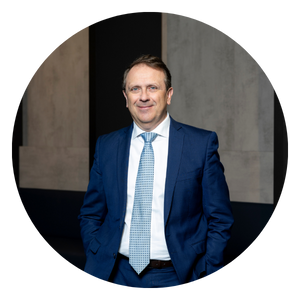
Good race strategy is just as important in enabling the athlete to excel. Together with the FFC, every part of the course is analyzed. We then create algorithms that enable us to define the optimal effort management for each segment of the course, according to the weather, the terrain and the cyclist’s’ morphology.
A gold medal may be just around the corner.
Does this sports know-how have other applications?
Of course. At ALTEN, we are eager to extend these innovations to our clients. The knowledge we develop – in aerodynamics, energy management and biomechanics, to name a few – can readily be applied to high-performance industry. Generative AI can enhance the performance of engineers in any field. Algorithms can be used to improve workstation ergonomics, heightening the well-being of factory operators while guaranteeing their productivity. Optimizing a truck’s aerodynamics can reduce fuel consumption as well as its carbon footprint. Digital twin technology can help in devising real-time strategies to better coordinate flows of people, be it in cities, at sporting events – such as the upcoming Olympic and Paralympic games – or in airports. Work on heart rates and predicting exhaustion can contribute to advances in health. And these are just a few examples.
What we have achieved to date goes far beyond technological innovation. We have laid the foundations for a new era in sport, where technology and performance converge to advance society as a whole.











